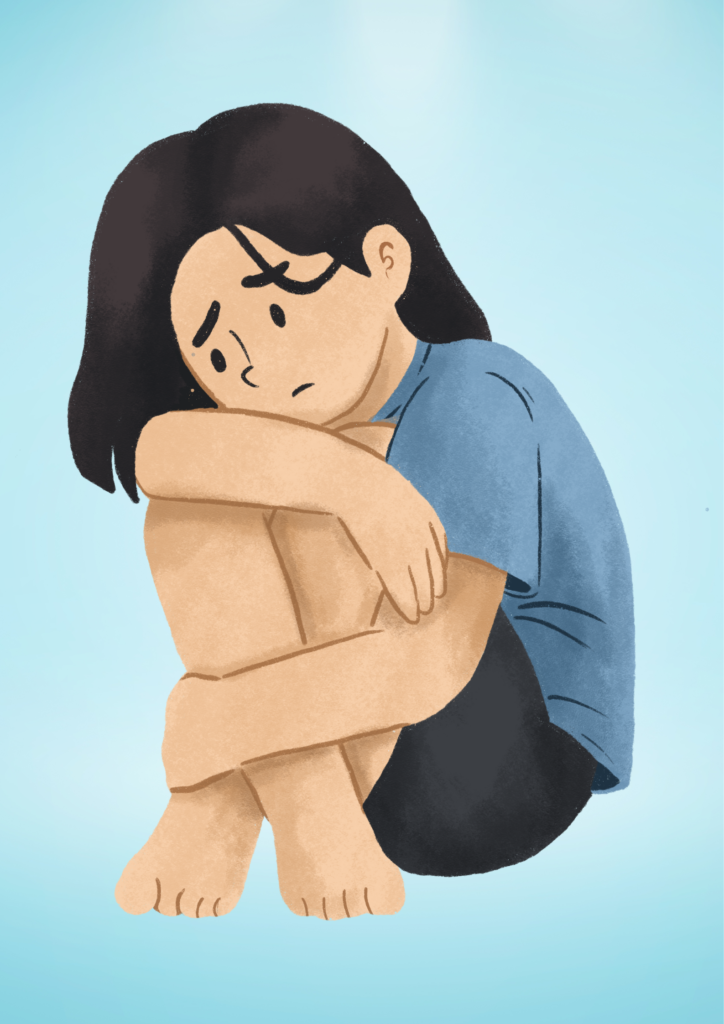The Growing Prevalence of Depression in Children

A Growing Concern
Depression, once primarily associated with adults, is now increasingly recognized as a significant mental health issue among children and adolescents. The rising rates of childhood depression have become a cause for concern among parents, educators, and healthcare professionals. This essay will explore some of the contributing factors to this troubling trend.
The Changing Landscape of Childhood
One of the primary reasons for the increase in childhood depression is the changing landscape of childhood itself. With the advent of technology, children are spending more time indoors, often isolated and engaged in solitary activities. This reduced social interaction can lead to feelings of loneliness, isolation, and a lack of connection with peers. Additionally, the constant pressure to succeed academically and socially can contribute to stress and anxiety, which can manifest as depression.
The Impact of Negative Influences
Another factor contributing to the prevalence of childhood depression is the increased exposure to negative influences. Children are bombarded with distressing news, violence, and negative portrayals of body image through various media outlets. This constant exposure to negativity can have a detrimental impact on their mental health. Moreover, the widespread use of social media can create unrealistic expectations and comparisons, leading to feelings of inadequacy and low self-esteem.
The Stigma Surrounding Mental Health
Furthermore, the stigma surrounding mental health issues can prevent children from seeking help. Many children fear being labeled as “weak” or “different” if they disclose their feelings of sadness or hopelessness. This fear of judgment can discourage them from seeking support, exacerbating their symptoms.
A Multifaceted Approach
Addressing the growing prevalence of childhood depression requires a multifaceted approach. Schools and communities can play a crucial role in promoting mental health awareness and providing support services. Parents and caregivers can also contribute by fostering open communication, encouraging healthy habits, and seeking help for their children when needed. Additionally, healthcare professionals can play a vital role in diagnosing and treating childhood depression.
The rising rates of childhood depression are a concerning trend that requires attention. By understanding the contributing factors and implementing effective strategies, we can work towards promoting the mental health and well-being of our children.










